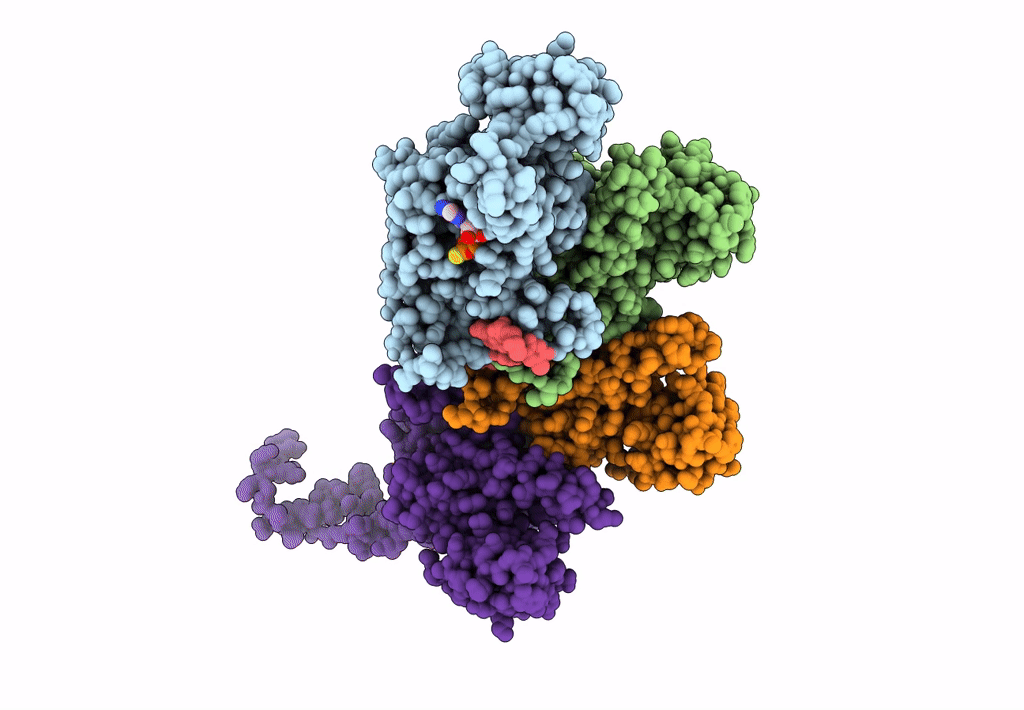
Deposition Date
2022-08-03
Release Date
2023-03-22
Last Version Date
2025-10-01
Entry Detail
PDB ID:
8AMD
Keywords:
Title:
Cryo-EM structure of the RecA presynaptic filament from S.pneumoniae
Biological Source:
Source Organism:
Streptococcus pneumoniae (Taxon ID: 1313)
Bacteriophage sp. (Taxon ID: 38018)
Bacteriophage sp. (Taxon ID: 38018)
Host Organism:
Method Details:
Experimental Method:
Resolution:
3.90 Å
Aggregation State:
FILAMENT
Reconstruction Method:
HELICAL


